Intracept® Procedure
Dedicated to helping you overcome pain and get back to living the life you love, we proudly offer the latest treatment options for bone, joint, and muscle pain at Flagstaff Bone & Joint. That includes lower back pain, like vertebrogenic pain, and the advanced, nonsurgical Intracept procedure with our Intracept experts, Marshall Meier, M.D., and Nathan A. Swain, D.O.
Understanding Vertebrogenic Pain
Vertebrogenic pain is a chronic condition characterized by persistent low-back pain resulting from damage to the vertebral endplates, the tissues covering the top and bottom of each vertebral body, separating it from the disc. Everyday wear and tear, coupled with disc degeneration, subject the endplates to stress, causing inflammation and vertebrogenic pain. Within the vertebrae, the basivertebral nerve (BVN) transmits pain signals from the inflamed endplates to the brain.
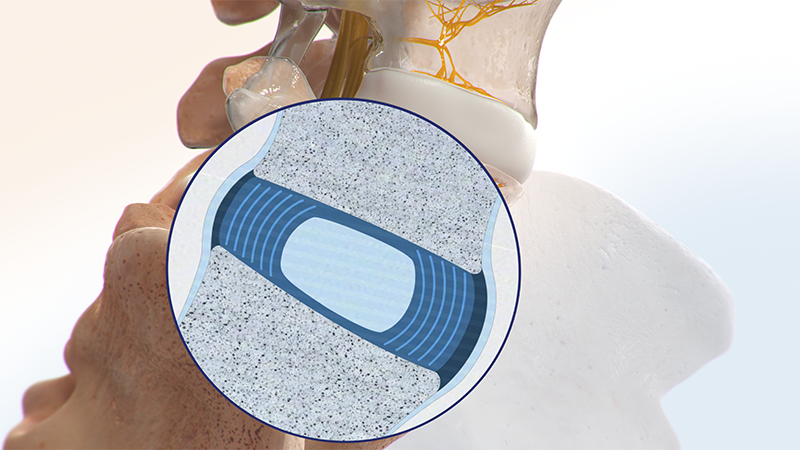
Normal Disc
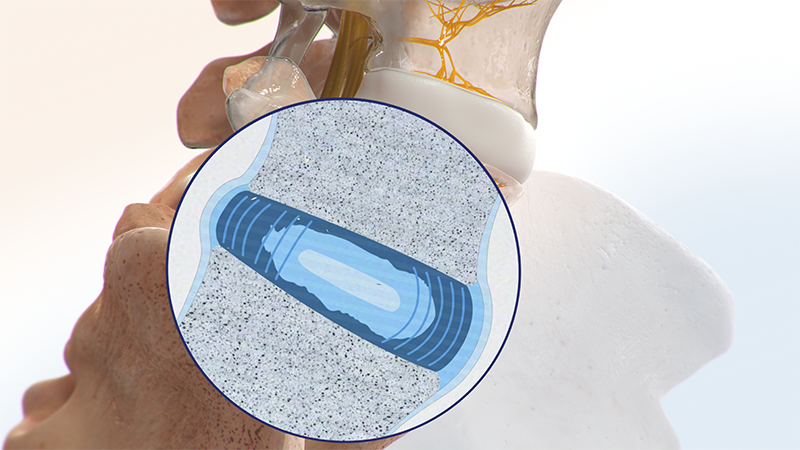
Degeneration
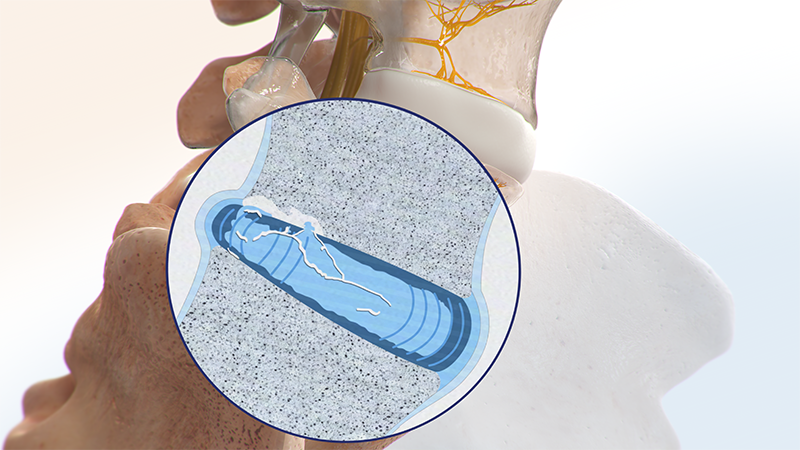
Endplate Damage
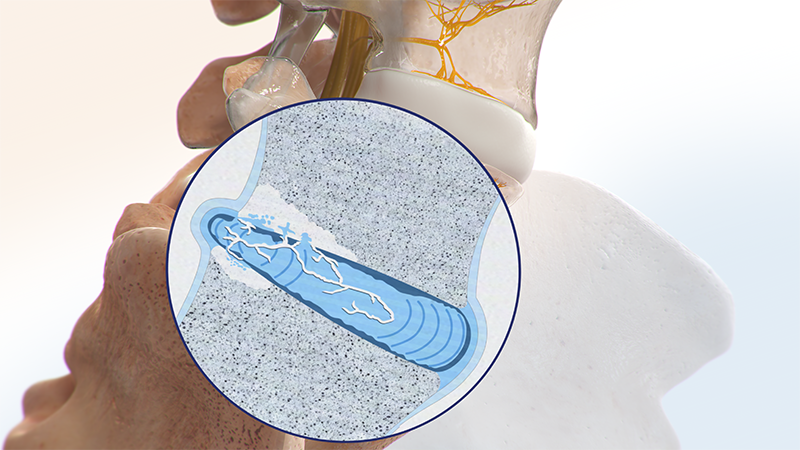
Inflammation
What Is Vertebrogenic Pain Like?
Both disc and endplate issues produce similar low-back pain symptoms, but endplate pain is identifiable through specific MRI changes known as Modic changes. Patients benefiting from the Intracept procedure typically report pain in the middle of their lower back, exacerbated by physical activity, prolonged sitting, bending forward, or lifting.1
Treating Vertebrogenic Pain
The basivertebral nerve (BVN) extends from the back of the vertebral body to the endplates. When endplates are damaged, nerve endings multiply, intensifying pain signals transmitted to the brain through the BVN. The Intracept procedure alleviates vertebrogenic pain by using radiofrequency technology to heat the BVN, preventing it from transmitting pain signals.
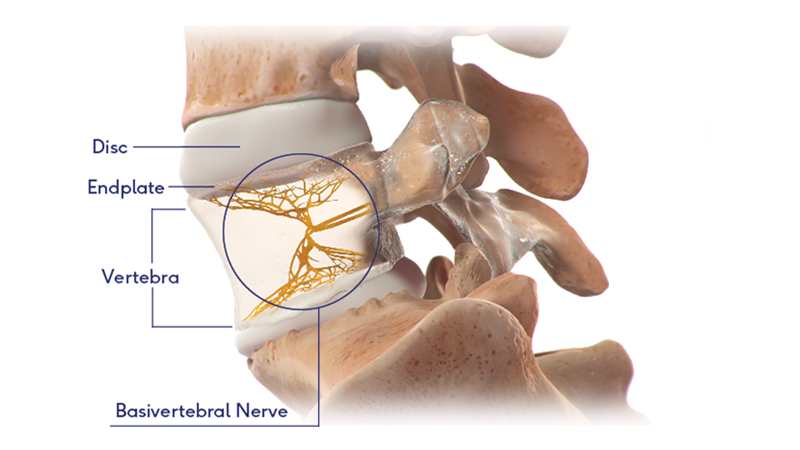
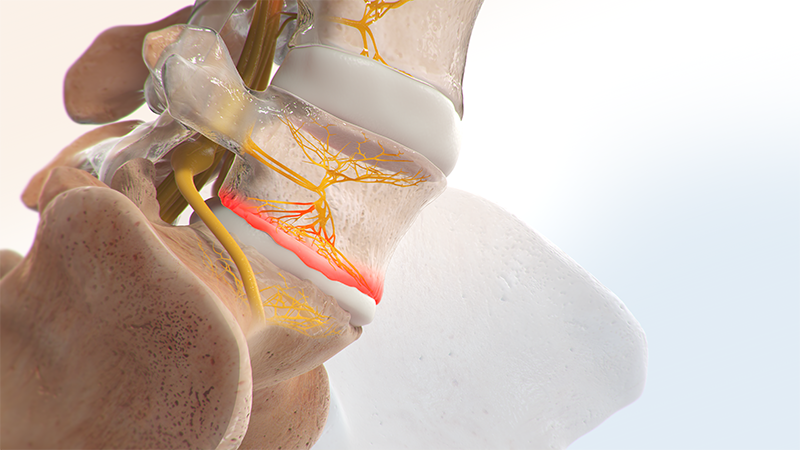
Intracept Procedure Process
The Intracept procedure is a noninvasive, implant-free technique that preserves the spine's overall structure. Administered as a same-day outpatient procedure under anesthesia, it typically takes around an hour. FDA-cleared and supported by multiple studies, the procedure is proven to be safe, effective, and long-lasting.2,3
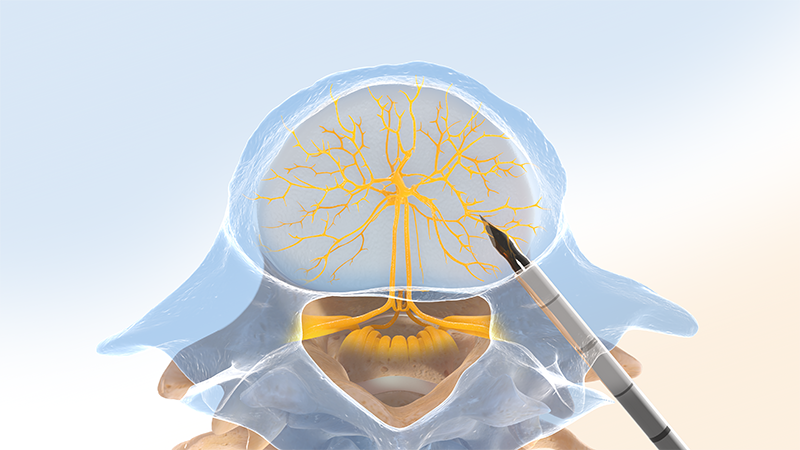
Step 1
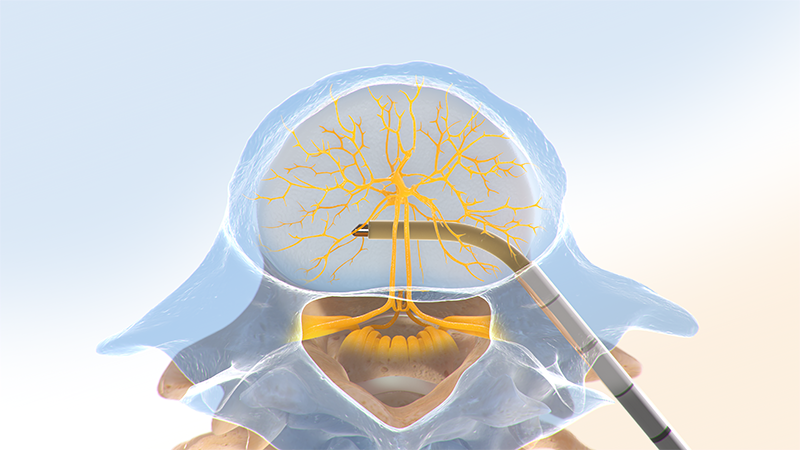
Step 2
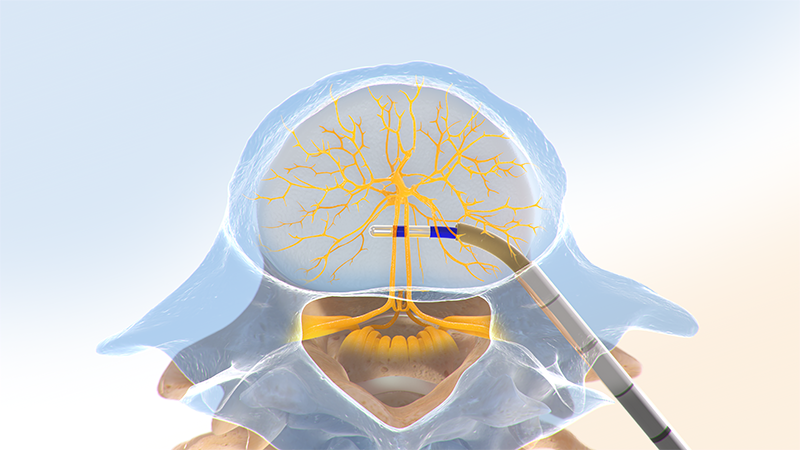
Step 3
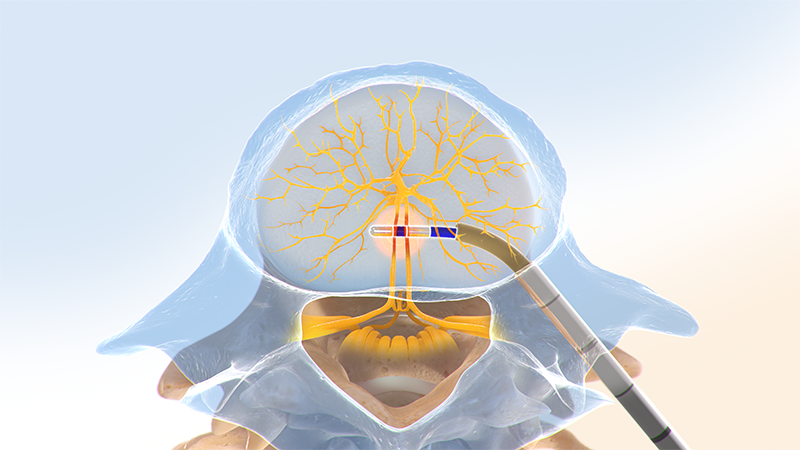
Step 4
Duration of Pain Relief After Intracept Procedure
Clinical studies indicate that most patients experience significant improvements in function and pain three months after the procedure. These benefits are sustained for more than five years following a single treatment.2
Determining Eligibility for Intracept
Intracept procedure candidates are individuals who have:
- Experienced chronic low-back pain for at least six months
- Attempted conservative care for a minimum of six months
- Undergone an MRI revealing Modic changes, indicating inflammation due to damage at the vertebral endplates
Like any medical procedure, the Intracept procedure carries risks that should be thoroughly discussed between the patient and their healthcare provider.
To learn more about Intracept or to consult with one of our Intracept experts, Dr. Meier and Dr. Swain, at Flagstaff Bone & Joint at our office in Flagstaff, Kingman, or Cottonwood, please schedule an appointment online or call (928) 773-2280.
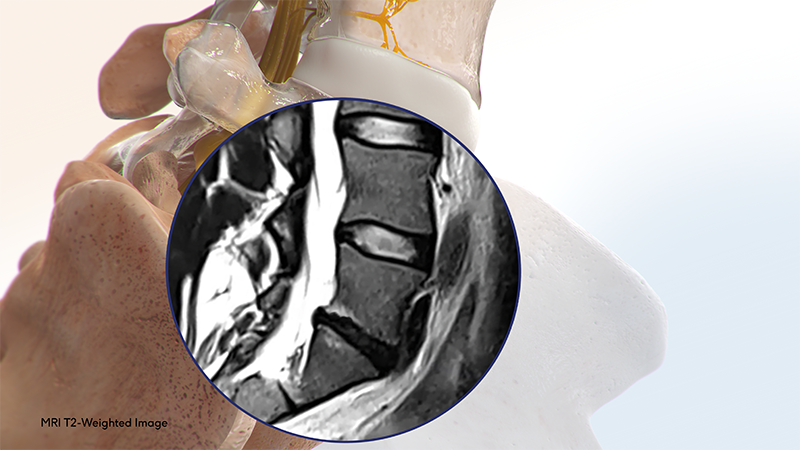
1 Koreckij T, Kreiner S, Khalil JG, Smuck M, Markman J, Garfin S. Prospective, randomized, multicenter study of intraosseous basivertebral nerve ablation for the treatment of chronic low back pain: 24-month treatment arm results. NASSJ. Published online October 26, 2021. DOI: https://doi.org/10.1016/j.xnsj.2021.100089.
2 Fischgrund J, Rhyne A, Macadaeg K, et al. Long-term outcomes following intraosseous basivertebral nerve ablation for the treatment of chronic low back pain: 5-year treatment arm results from a prospective randomized double-blind sham-controlled multi-center study. Eur Spine J. 2020;29(8):1925-34. doi.org/10.1007/s00586-020-06448-x
3 Relievant data on file as of January 2023.